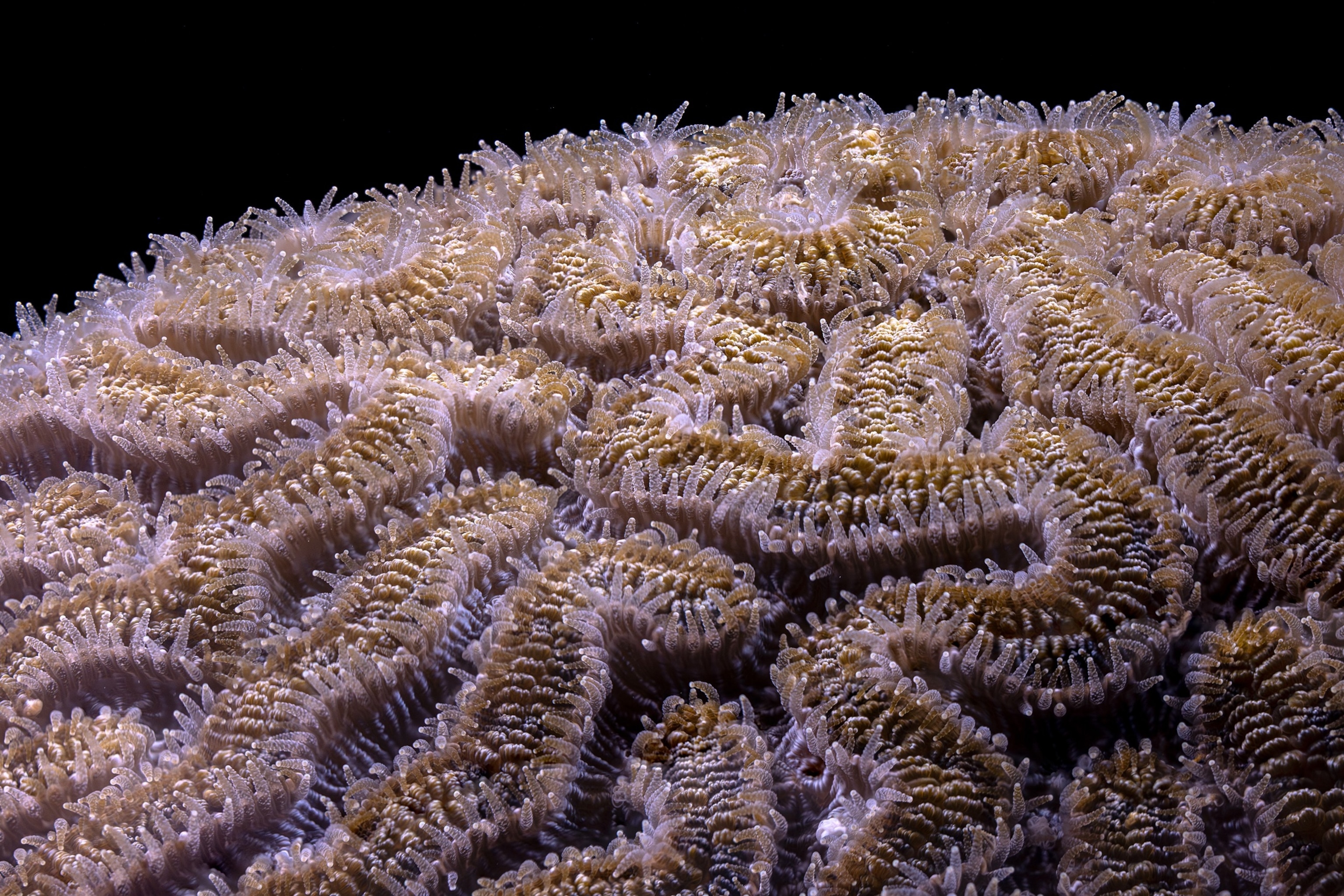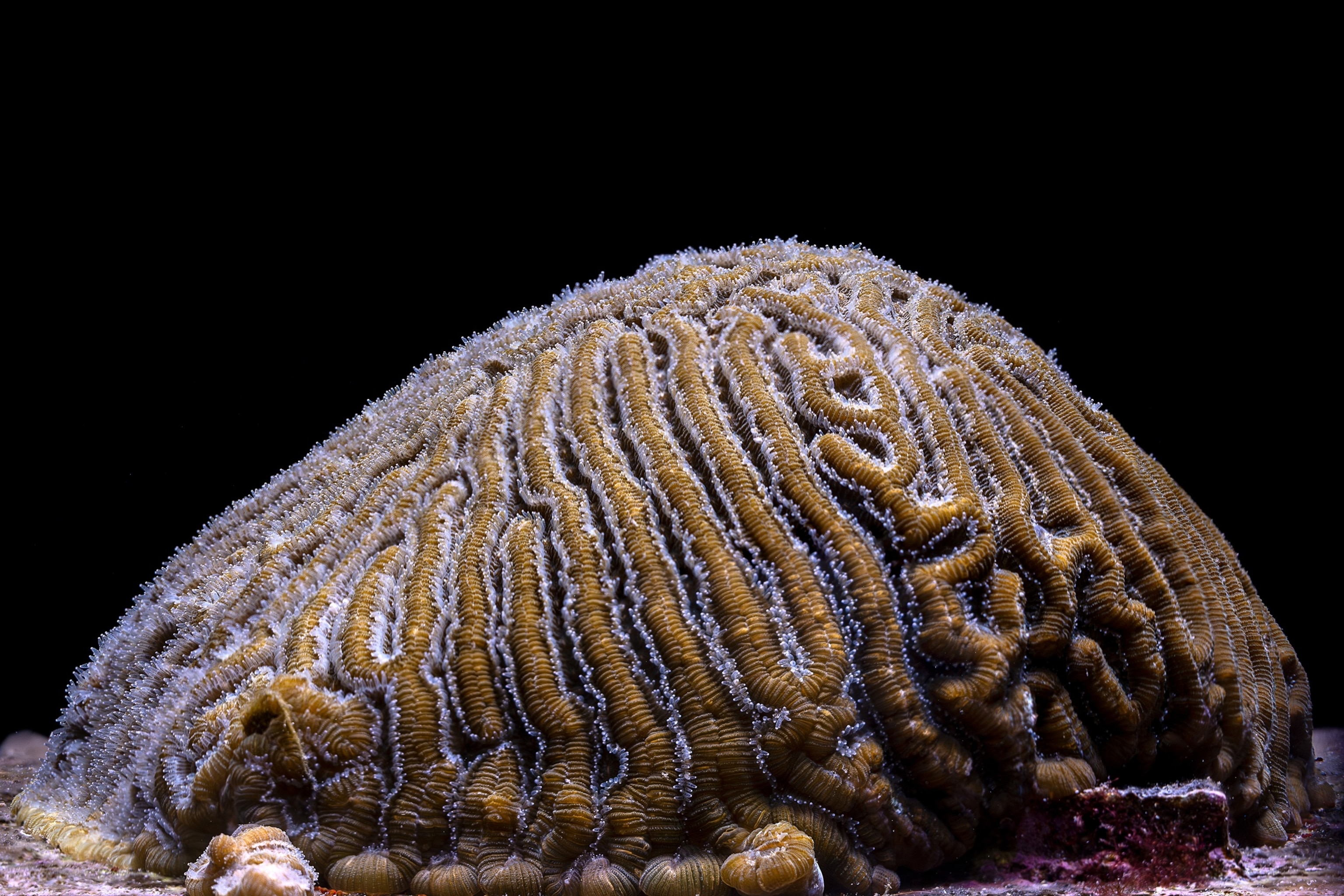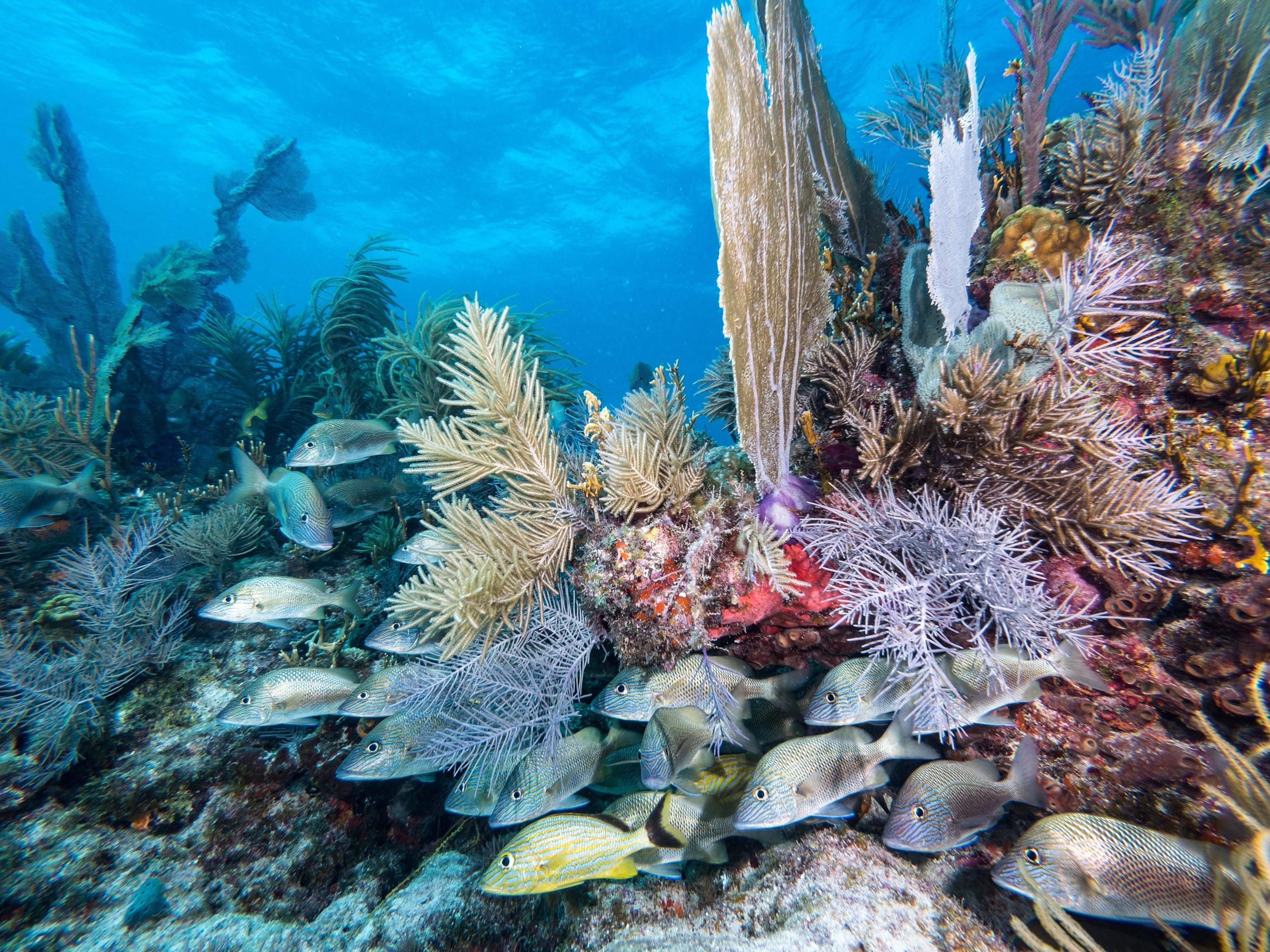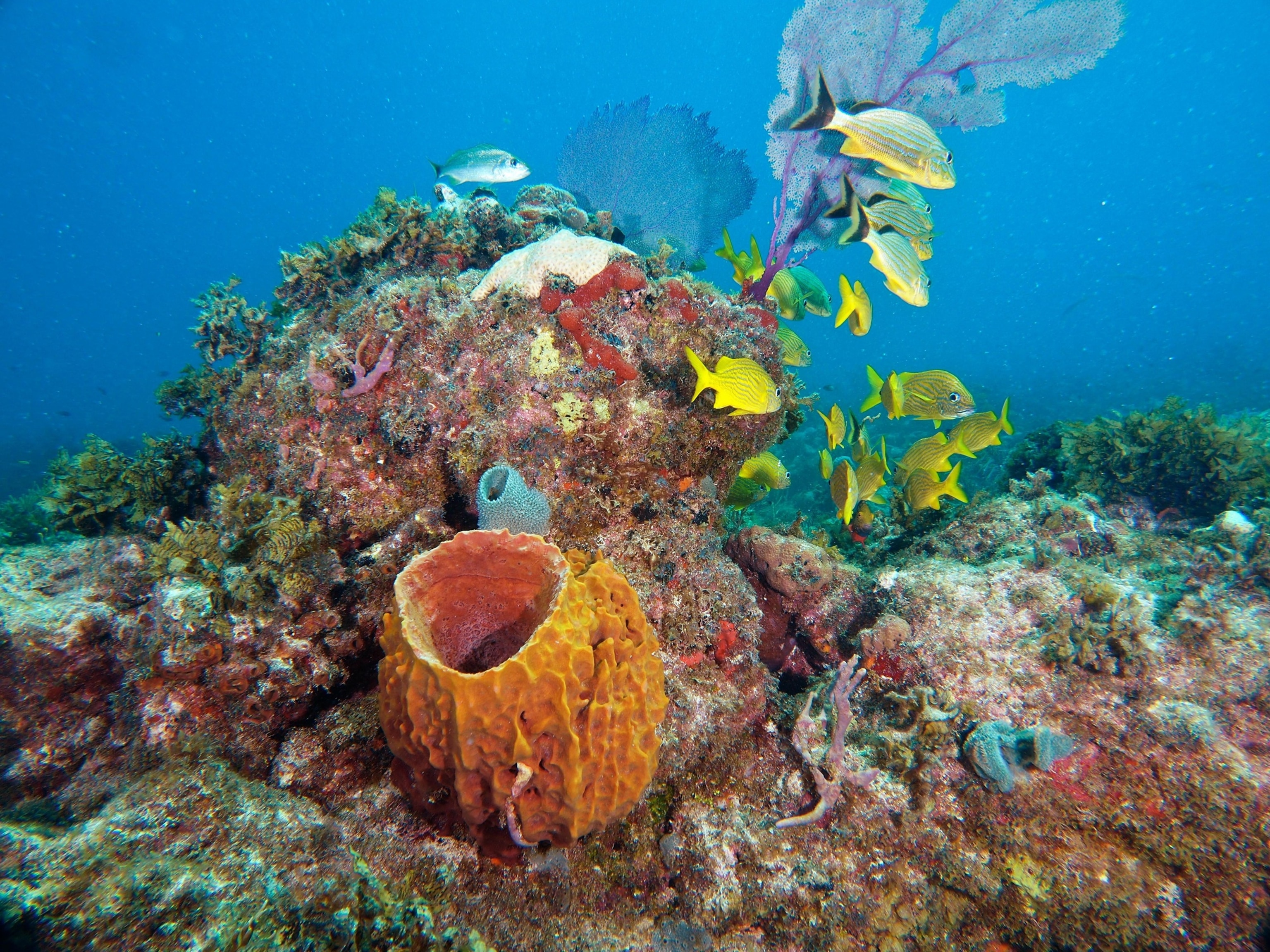Researchers have orchestrated a “baby boom” of corals that will help fortify the reef systems off the Florida coasts that were heavily degraded as a result of record ocean warming.
The Florida Department of Environmental Protection has funded the growing of 5,000 juvenile corals over the next two years as well as the production of hundreds of thousands of coral larvae that will be installed in reefs as part of its Coral Reef Restoration and Recovery Initiative (FCR3), Keri O’Neil, director of the coral conservation program at The Florida Aquarium, told ABC News.
An unprecedented marine heatwave in 2023 caused bleaching events that severely damaged many of Florida’s reefs. A study of the reef systems a year later revealed “grim” results — especially for the threatened staghorn coral, of which less than 22% survived, according to Climate.gov. About 90% of elkhorn coral, an important primary species for reef structure building, was also lost in 2023, O’Neil said.
“The summer of 2023 was especially devastating for corals in the state of Florida, most notably for elkhorn and staghorn corals, which used to be very common off our coasts,” O’Neil said.

This image, released by The Florida Aquarium, shows Boulder Brain Coral.
The Florida Aquarium
Surprisingly, the reefs of brain coral that had been spawned at The Florida Aquarium and planted on the coasts did “pretty well” during the 2023 bleaching event, O’Neil said.
“We still don’t know exactly why that is,” she said. “It could be because they are young and maybe just stronger, or because they weren’t in the ocean as long as other corals.”
Florida’s Coral Reef Restoration and Recovery Initiative aims to rebuild 25% of Florida’s corals that have been lost. One of the main focuses is breeding coral species that are more resilient to future heat waves, O’Neil said.
The practice of selectively breeding corals entails techniques that have been done with terrestrial species and agriculture for hundreds of years, O’Neil said
“Can we breed corals that can withstand higher temperatures? We’re just really starting to scratch the surface on that,” she said.

This image, released by The Florida Aquarium, shows Symmetrical Brain Coral.
The Florida Aquarium
The spawning coral parents were rescued from reefs to protect them from the effects of stony coral tissue loss disease, a “highly lethal” disease that was first detected off Florida coasts in 2014 and has since spread rapidly throughout the Caribbean.
The Florida Aquarium has 100 adult corals that were rescued from disease and then rescued from the 2023 marine heat wave. They are kept in tanks that mimic the natural seasonal cues that would indicate to a coral that it is time to reproduce, O’Neil said.
The lab creates tiny coral larvae and settles them onto a small tile or piece of rock, allowing them to grow into new coral.
The spawned coral is then transferred off the coast of Southeast Florida and the Keys and planted to the reef using epoxy or cement, according to O’Neil. The hope is that they will live and grow — and encourage new growth and marine ecosystems — for thousands of years to come.

A beautiful thriving underwater reef scene off the coast of Key Largo, Florida.
STOCK IMAGE/Getty Images
Currently, there are so few corals left in Florida that the distance between potential parents is too far for them to reproduce on their own, O’Neil said.
“This is where we come in and focus on spawning them in our laboratory and producing thousands of babies every year,” she said.
The new coral will represent a “lifeline” for Florida’s reef system, O’Neil said. The juvenile corals will be shared with partners to support coral restoration efforts in the Florida Keys National Marine Sanctuary and the Kristin Jacobs Coral Aquatic Preserve in southeast Florida.
Climate change and rising ocean temperatures are continuing to threaten corals around the world.

Dive site John Kennekamp Coral Reef State Park is shown in Key Largo, Fla.
STOCK IMAGE/Getty Images
Approximately 44% of global reef-building coral species are at risk of extinction due to climate change, the International Union for Conservation of Nature said in its 2024 Red List of Threatened Species.
About 84% of the world’s reefs were impacted between January 2023 and April 2025, the National Oceanic and Atmospheric Administration announced earlier this year.







